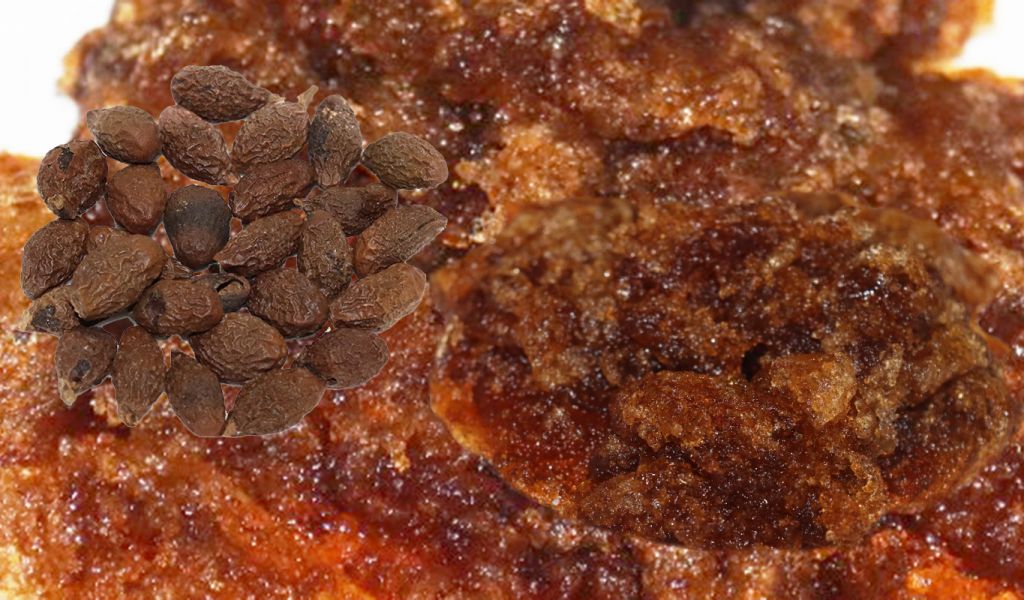ໝາກຈອງບານ / Malva Nut
APA 6th ed. ໝາກຈອງບານ / Malva Nut. (2021, September 7). Retrieved from https://www.phakhaolao.la/kb/0000006
MLA 8th ed. ໝາກຈອງບານ / Malva Nut. Pha Khao Lao, 7 September 2021, https://www.phakhaolao.la/kb/0000006.
Chicago 17th ed. Pha Khao Lao. 2021. "ໝາກຈອງບານ / Malva Nut." Published September 7, 2021. https://www.phakhaolao.la/kb/0000006.

Firmiana borneensis Merr.
Scaphium borneense (Merr.) Kosterm.
Sterculia macropoda (Miq.) Hook. ex Kloppenb.
Thai: pungtalay, sam rong
Cambodian: crap chi ling leak, som rong, samrang si phle, som vang, somrong sva
Chinese: ta hai tzeh, tou shai hoi, pandahai
Vietnamese: uoi, an nam tu, dai hai tu, huong dao
English: malva nuts
The Mak Chong tree is large and straight, up to 45 m tall with a DBH of around 80 cm. Leaves vary in shape and size, and are elongated to oval, 10 cm-12 cm wide and 15 cm-25 cm long. Inflorescences are either male or female of clusters of light-green and red flowers, a little hairy. The fleshy fruit is brown and surrounded by a membranous wing, up to 20 cm long and dehiscent. Seeds are ellipse-shaped and brown. A related species is Scaphium scaphigerum (G. Don) Guib. & Planch.
Soaked in water, mak chong fruits form a large quantity of gelatine used as a food and medicine against diarrhoea, sore throats, coughs, inflammation, and urinary complaints. A daily dose of this jelly is prepared by soaking four or five seeds in a litre of water, with added sugar. In Singapore it is also made into the dessert cheng t’ng.
